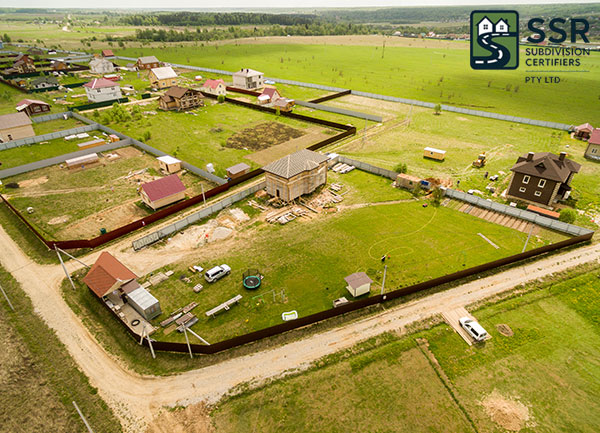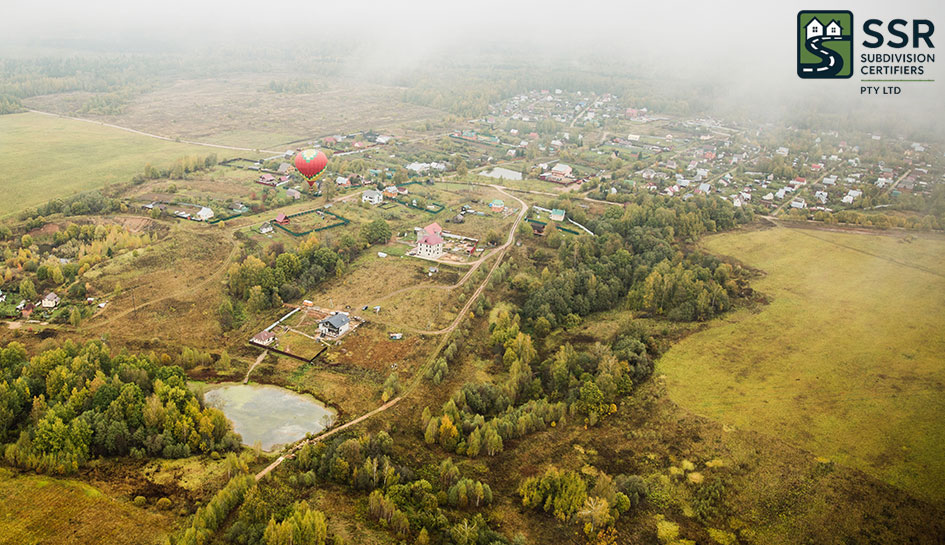How to Subdivide Land NSW?

If a property owner wants to create separate titles through the subdivision land process, they need a subdivision certificate NSW. The certificate shows that the new properties are well recognised and legal to use. The process of subdivision is to divide a plot into multiple plots, which is meant for lease, sold out or to develop it separately. The certificate is also necessary for registration of new plots and dealing with them in the future.
When you go through every aspect of subdivision in NSW, it is also crucial to understand what is included in a complying development certificate Sydney. It is important to consider, as it helps speed up a construction or similar work process. It may vary when it is the subdivision of a construction project, and knowing its work progress.
Why Owner opts for Subdivision?
One of the key reasons to choose subdivision is to maximise land value and earn from a single plot. It is a wide investment choice and suitable if you have many members in a family. So, when applying for the certificate, it can ensure that the new property is recognised as a legal one and suitable for use. Having the complying development certificate Sydney is like getting the approval for new construction of the lots, and it gets easier to handle the subdivision process, ensuring efficiency and timely project delivery.
Factors that Influence the Subdivision Approval
The subdivision approval is influenced by factors like:
- Environmental Factors – This is to consider flood or fire risks in and around the property
- Zoning Laws – It help one know about the permissible portion of available land for use
- Infrastructural Needs – It includes addressing problems like sewerage, utilities, and checking the road condition
So, meet the needs to make it easy to get the subdivision certificate in NSW, and ask for other relevant certificates, as necessary.
Is it Expensive to opt for Subdivision?
The costs involved in subdivision depend on the size of the land, which further determines the council fees, submission of the application, the survey charges, and other fees. This is how it is easy and essential to apply for the subdivision certificate NSW and find the accurate certification costs. The complying certificate is needed in addition when it’s a matter of instructor work or a construction project to be handled. The processing or professional fees vary, depending on the type of project the certificate has been applied.
How Long Might the Approval Take?
The timeframe for the certificate approval depends on the level of the project. A land that easily gets approval for the complying development takes weeks. Other large projects may take more time for project approval. So, if you are approaching the professionals, it can shorten the delays or other problems that often affect the course of approval.
With this, the legal considerations hold equal importance in acquiring his certificate in NSW. The new titles created have to comply with the state laws. The certificate confirms how authorities have to comply with the land registry services and apply for the right certificate when it’s time. So, know about the strict planning and safety rules that relate to building construction and help an owner go through the correct steps.

Detailed Steps for Subdivide the Land in NSW
The steps to subdivide the land in NSW go as follows:
- Review the Zoning and Planning Rules
Check the local environment plan or LEP with the council and try to abide by the zoning rules. This is crucial when you consider a particular land for subdivision and understand the minimum lot size.
- Get a Licensed Surveyor to Help
Get a registered surveyor who helps prepare a detailed subdivision plan, giving details of access and limitations. The plans should be approval-ready before the building development or the subdivision work starts.
- Lodge a Development Application
Submit a development application or DA with the council, as per eligibility. Here, the development certificate is also needed.
- Secure the Service Connections
Each property lot should have access to the public facilities such as sewerage drainage, electricity, and water supply. The connection is essential to have.
- Get a Subdivision Certificate
After you get the approvals, apply for the certificate in NSW, as it ensures compliance with the construction planning of the property.
- Register the New Titles
You can lodge a plan under NSW registration only after you get the approval for the certificate. It is the right way to get titles for new lots and ensure you go through the correct legal steps.
This is how the land owner should be aware of the steps for the subdivision in NSW to ensure they go through the correct steps. Any wrong step or delay in the steps can hinder the whole process. So, try to hire certified experts who can take you through the proper steps of applying for the certificate that facilitates the ease of the subdivision process.
How can the Subdivision be Beneficial?
The subdivision is beneficial as:
- It helps with financial gain, if willing to sell off new lots
- It is an excellent housing option for tenants or families
- It helps with an improved land value by boosting the property’s potential
So, if you have a legal certificate NSW, you can exercise the above benefits better. It also eases the step for the final registration. Once the right steps are completed, it ensures that each lot is ready to be sold, leased, or used for development.
Final Thoughts
Subdividing land in NSW can be challenging if one fails to follow the right steps. Start by checking the zoning rules, and get a certified surveyor who can navigate the complex plans and make it go smoothly. The property owner needs approval to unlock the potential of the land and use it properly, making the most of the investment made in the property. Approach a professional who can help find the right option and ensure you follow the right steps to avoid penalties. Therefore, it helps maximise the property opportunities.